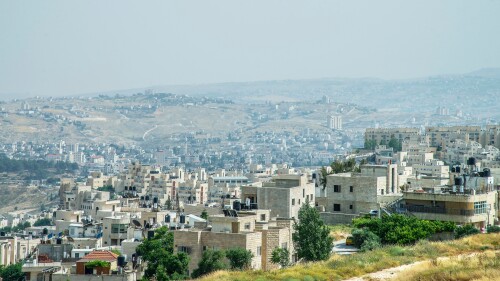Jonathan Spyer is a senior research fellow at the Global Research in International Affairs Center in Israel, a columnist for the Jerusalem Post, and author most recently of The Transforming Fire: The Rise of the Israel-Islamist Conflict (Continuum, 2011). On May 16, he addressed the Middle East Forum in Philadelphia on the strategic significance of Syria in the context of Arab uprisings.
According to Mr. Spyer, factions within Syria have also diluted the potency of the protests—including an amorphous rebel leadership structure and Islamist groups in the pockets of Assad. Given the reality of the situation, Mr. Spyer believes the regime has a solid chance of survival.
More worrisome are the strategic implications in the region, especially vis-à-vis Iran. Syria’s alignment with Iran remains a core feature of Syrian policy, an “insurance policy” that protects Assad from paying the price for his regime’s activities. Tehran’s tutelage, combined with Western hesitancy, insures that the Assad regime continues to survive. Moreover, the success of Syria’s alignment with Iran—and the simultaneous toppling of U.S.-backed governments—has shown Middle Eastern regimes the relative safety of Iran’s sphere of influence and the risks associated with aligning with Western powers.
During the question and answer session, Mr. Spyer voiced confusion as to why the United States launches missiles at Libyan dictator Muammar Gaddafi—an isolated eccentric of the region—while refusing to send the Air Force against the greater threat of the Assad regime. Mr. Spyer descried the weakness of E.U. and U.S. actions against Syria, warning that Iran’s skill at using “proxy military forces as a tool for building political influence” will continue unabated as Syria allows Iran to funnel materiel through its borders to support Hezbollah and Hamas.
Summary by MEF intern William Aquilino








